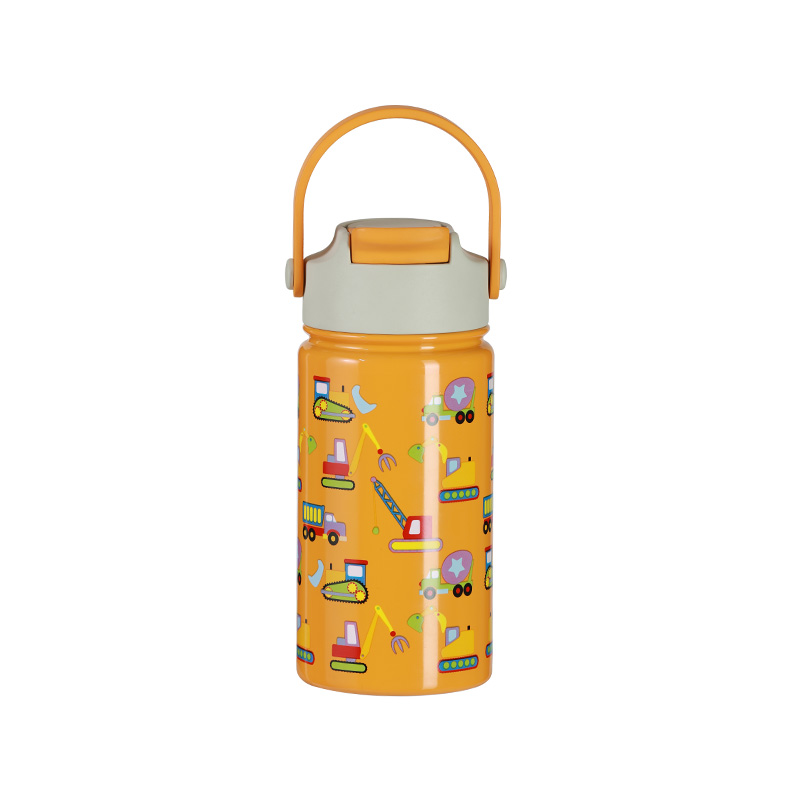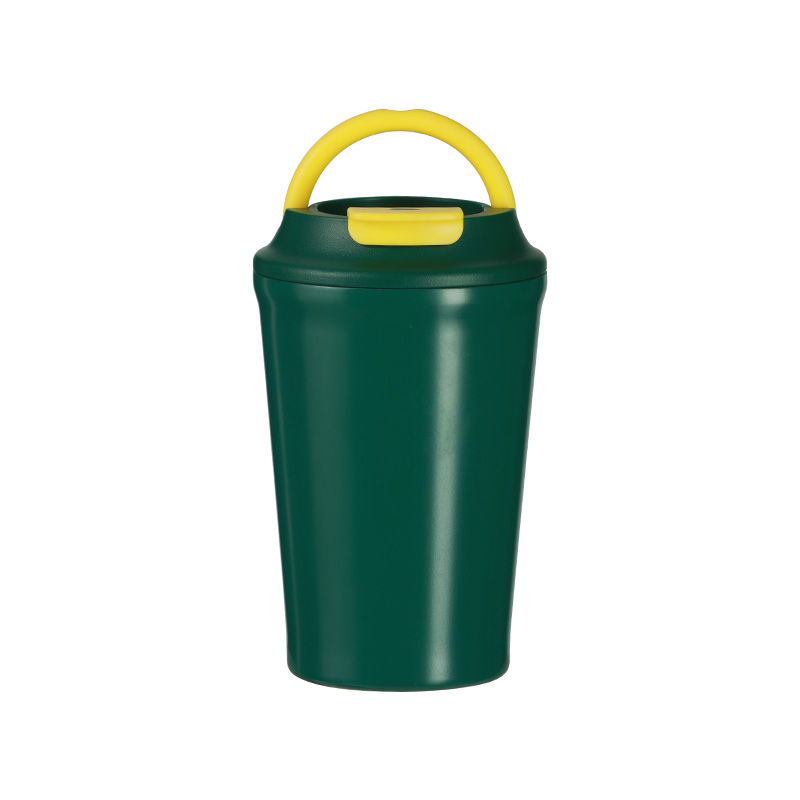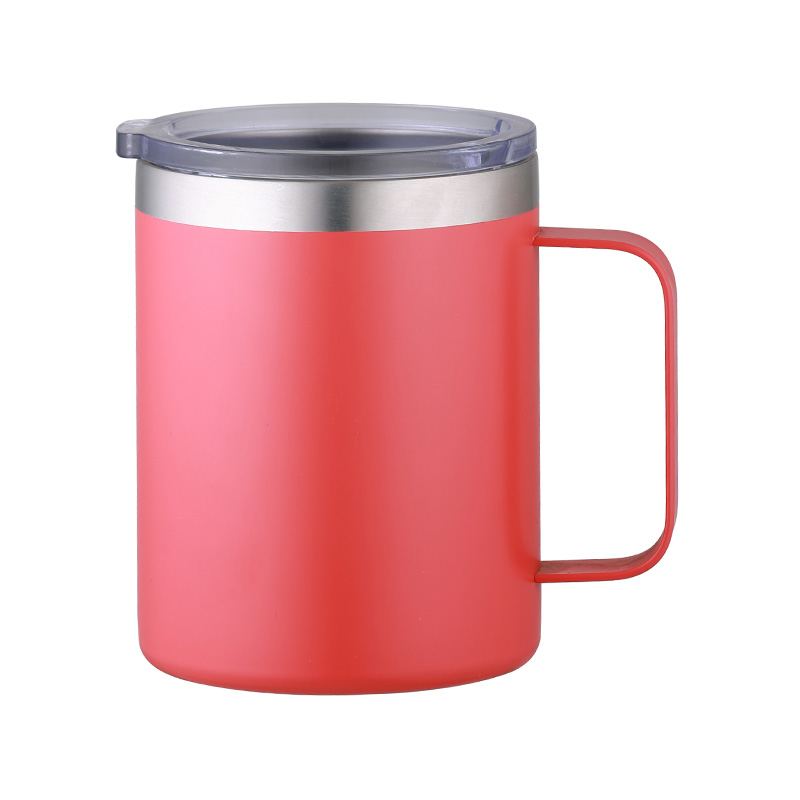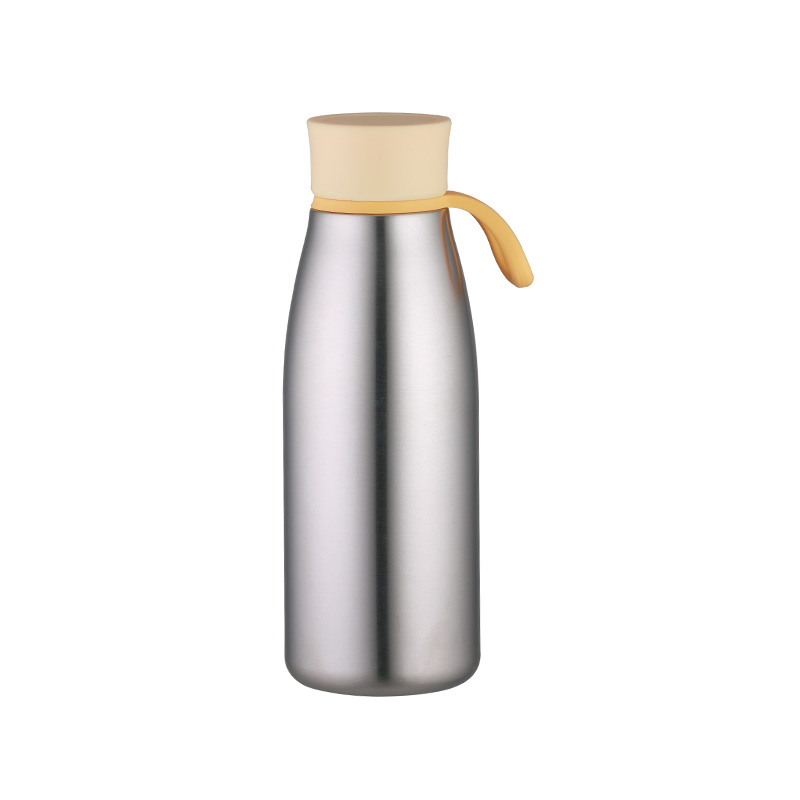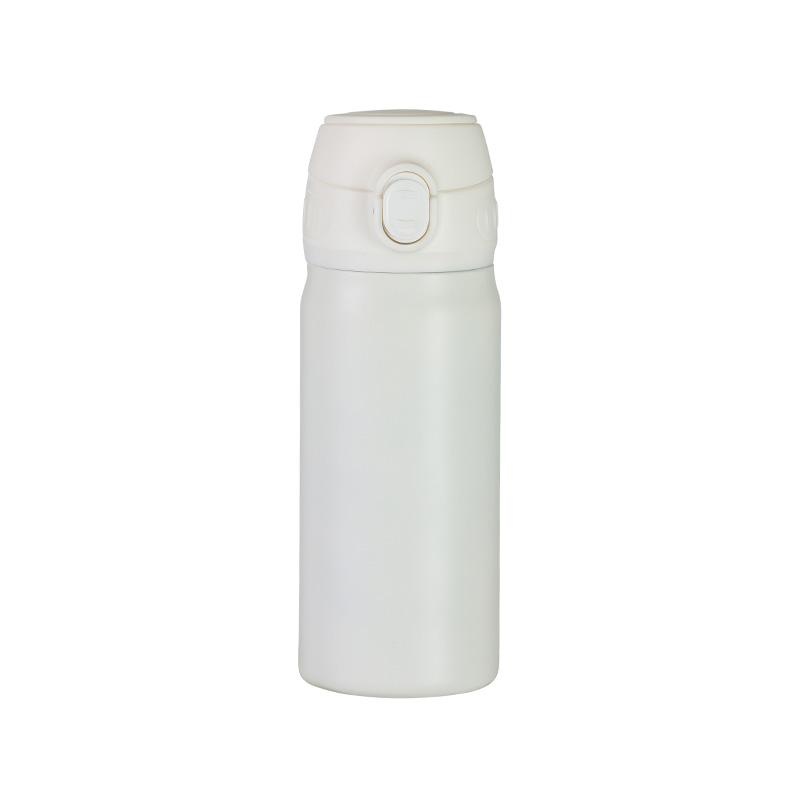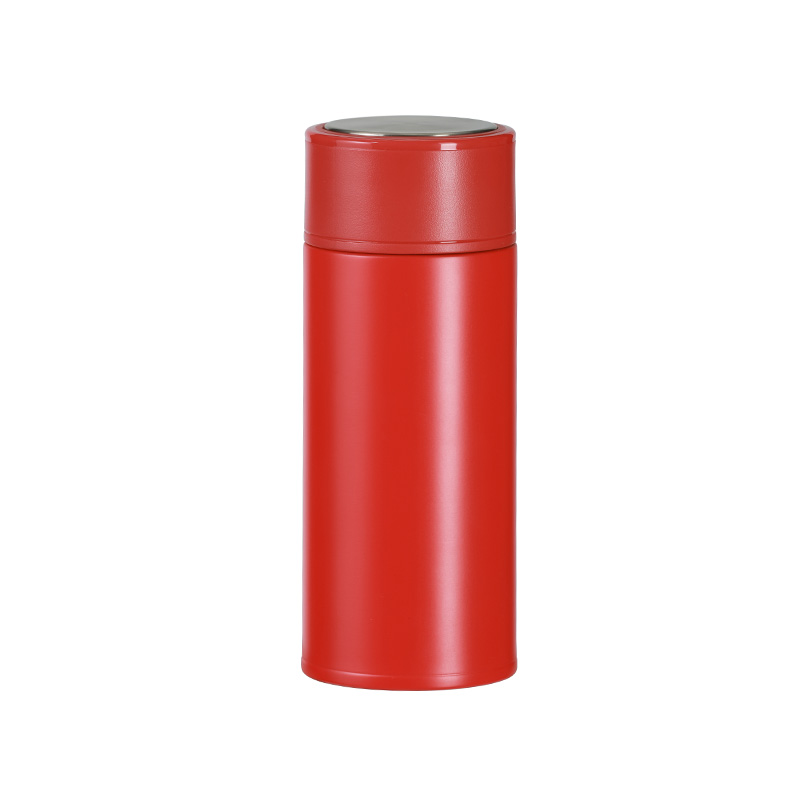Stainless Steel Water Bottle For Sale Company Price Maker
The production of stainless steel water bottles begins with selecting high-quality stainless steel. Stainless steel, known for its durability, corrosion resistance, and ability to maintain the quality of liquids, is an ideal material for water bottles. The commonly used grades of stainless steel for water bottles are 18/8 and 304 stainless steel. These grades are non-reactive and resistant to rust, making them good for holding liquids without altering the taste or safety of the contents.
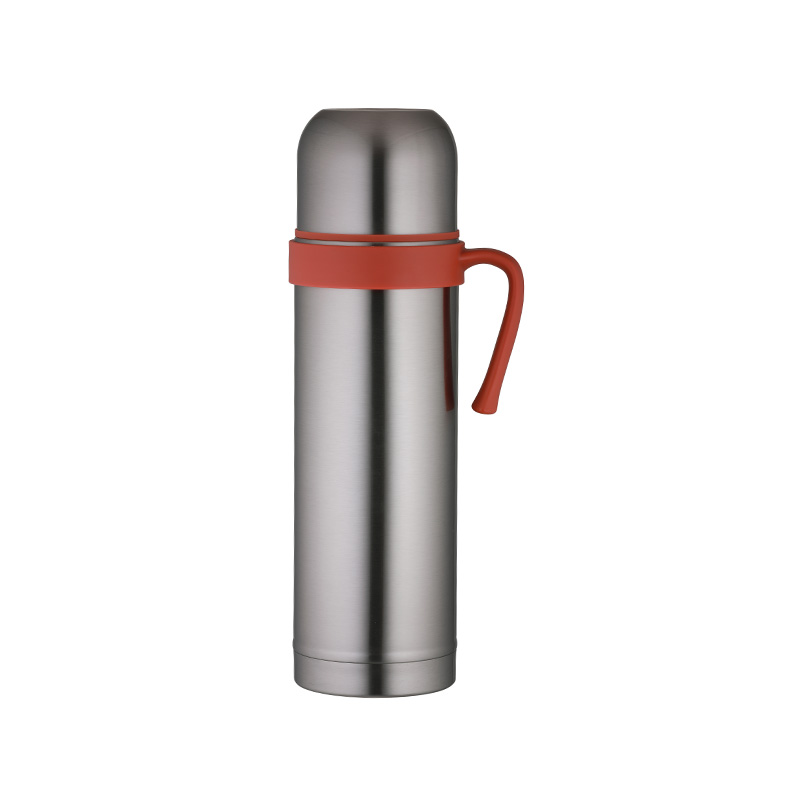
The stainless steel sheets are typically sourced from steel mills or manufacturers specializing in metal alloys. The raw material is carefully inspected for impurities, and the thickness of the sheets is checked to ensure it meets the required specifications. The selected stainless steel is then cut and processed to create the bottle's individual parts.
Once the stainless steel has been sourced, the next step is designing the water bottle. The design of the bottle includes not only the shape and size but also features such as the mouthpiece, lid, and insulation properties. Many stainless steel water bottles come with a double-wall construction that helps maintain the temperature of the liquids inside, whether hot or cold. This insulation feature is often a key consideration in the design phase.
The molding process for stainless steel water bottles typically involves cutting the stainless steel sheets into the desired shapes and sizes. The sheets are then fed into a hydraulic press, where they are formed into the cylindrical shape of the bottle. This process ensures that the walls of the bottle are uniform and smooth, creating a seamless structure that is both strong and aesthetically pleasing.
Some manufacturers may use deep drawing or spinning techniques to form the body of the bottle. These methods help create a smooth, continuous surface with minimal seams, which is crucial for ensuring the bottle's durability and strength. The next step involves creating the base and neck of the bottle, which may require additional molding or welding.
Once the body of the bottle is formed, it is time for welding or joining the parts together. The neck of the bottle, where the cap will be placed, requires precision and strength to ensure a secure seal. Many manufacturers opt for high-quality welding methods, such as TIG (Tungsten Inert Gas) welding, to join the body of the bottle with the neck. This welding technique is clean, efficient, and produces strong, smooth joints.
Welding is particularly important in ensuring the overall structural integrity of the bottle. Any seams or imperfections could weaken the bottle, making it prone to leaks or even breakage under pressure. As such, a seamless construction is highly valued in the production of stainless steel water bottles, which is why manufacturers take great care during this phase.
After the bottle is welded and assembled, the next step is surface treatment and polishing. Stainless steel has a natural shine, but it requires additional polishing to give it a smooth, glossy finish that is both attractive and resistant to corrosion. Polishing helps remove any rough spots, imperfections, or welding marks that may be present on the bottle's surface.
Manufacturers may use different techniques to achieve the desired surface finish, such as mechanical polishing, electropolishing, or bead blasting. Mechanical polishing is the common method used to achieve a high-gloss finish, while electropolishing is used to improve the bottle's resistance to rust and staining. The end result is a smooth, sleek surface that is easy to clean and resistant to the buildup of dirt or bacteria.
In addition to polishing, manufacturers may apply coatings to the surface of the bottle. These coatings, such as powder coating or painting, are used to enhance the bottle's appearance and provide additional protection against wear and tear. Colorful or patterned designs are often added at this stage, allowing for customization and branding opportunities.

 English
English 日本語
日本語